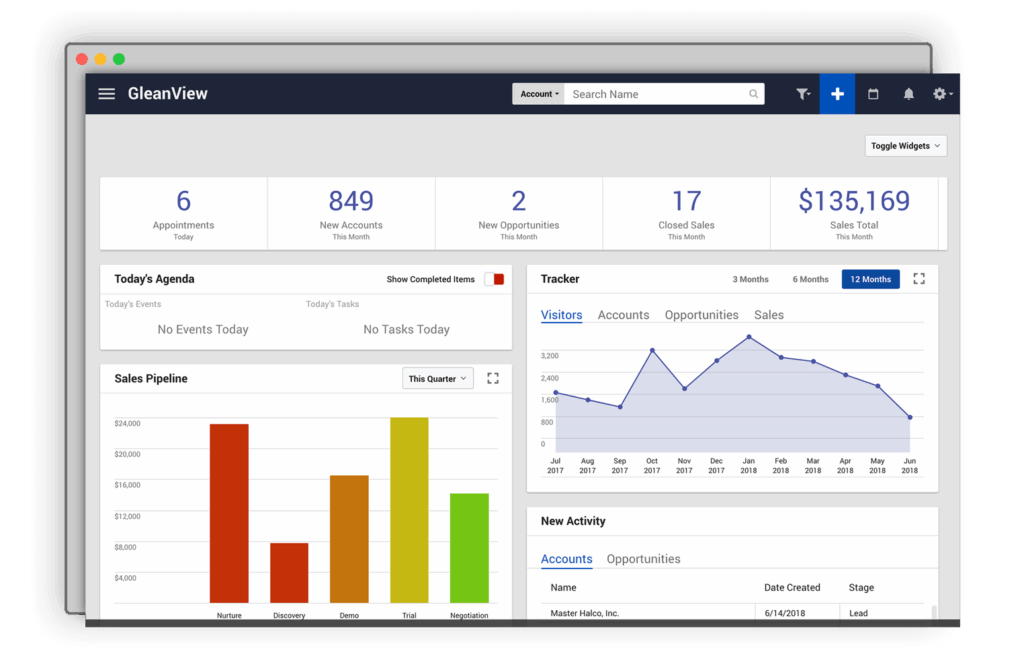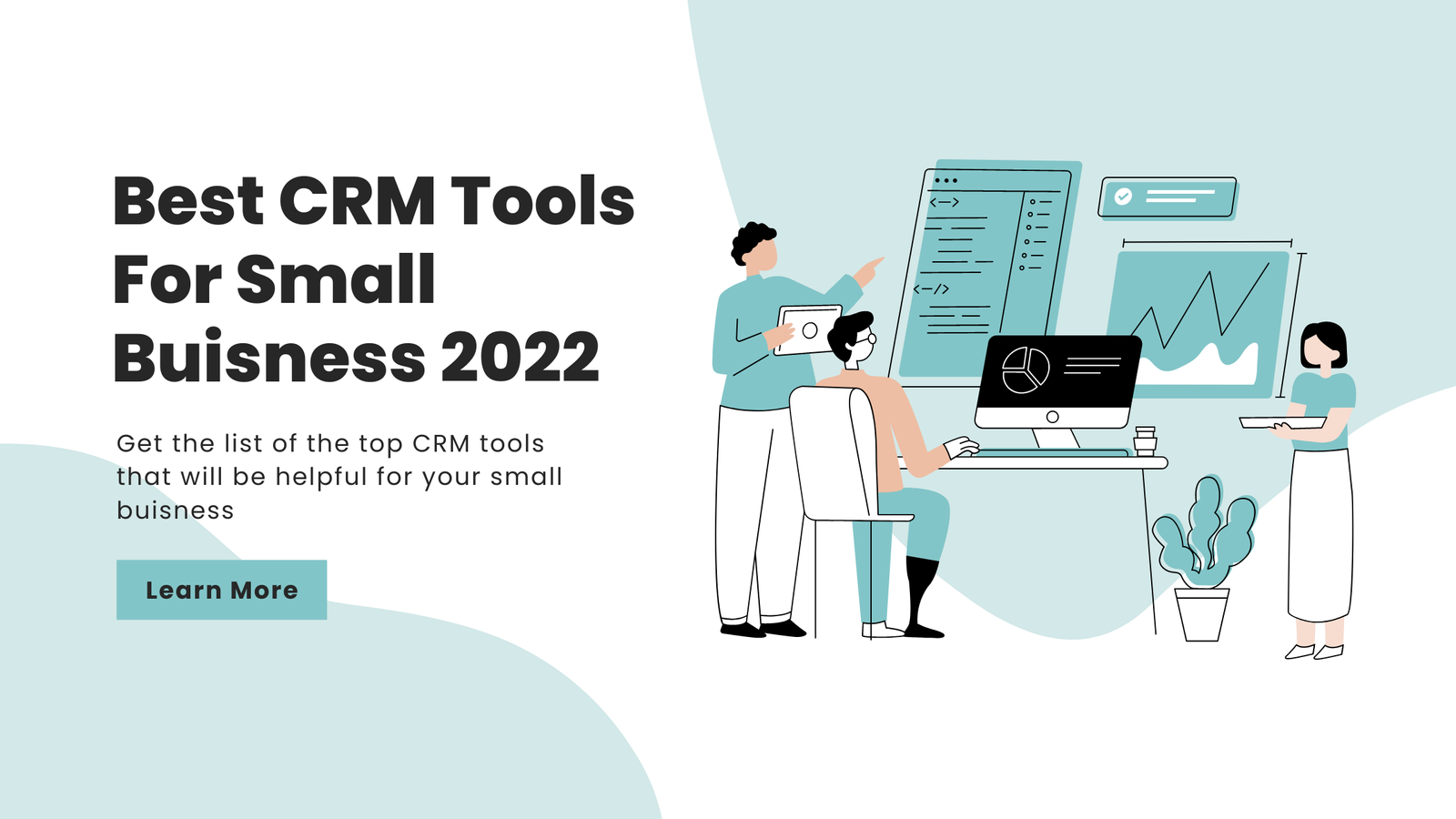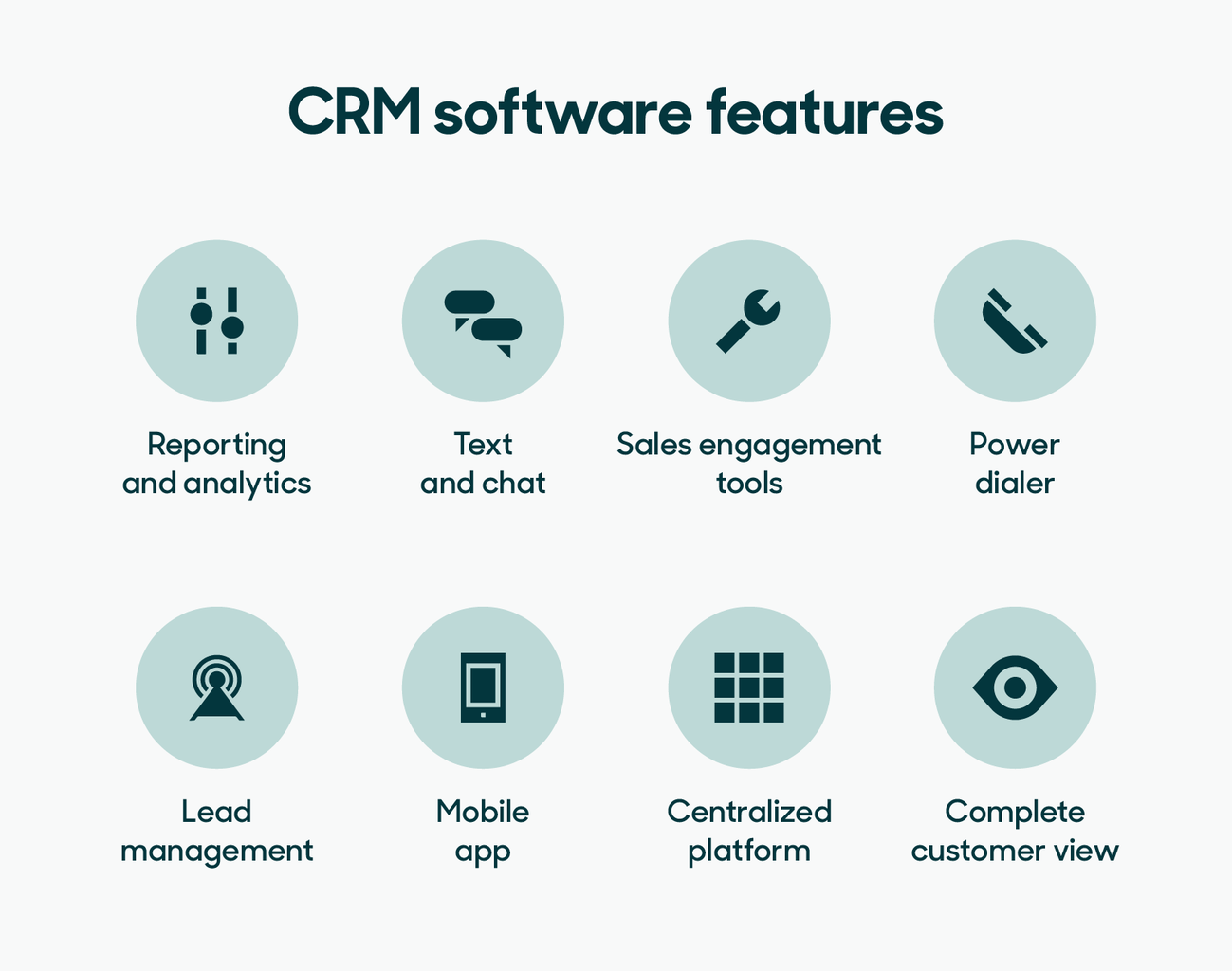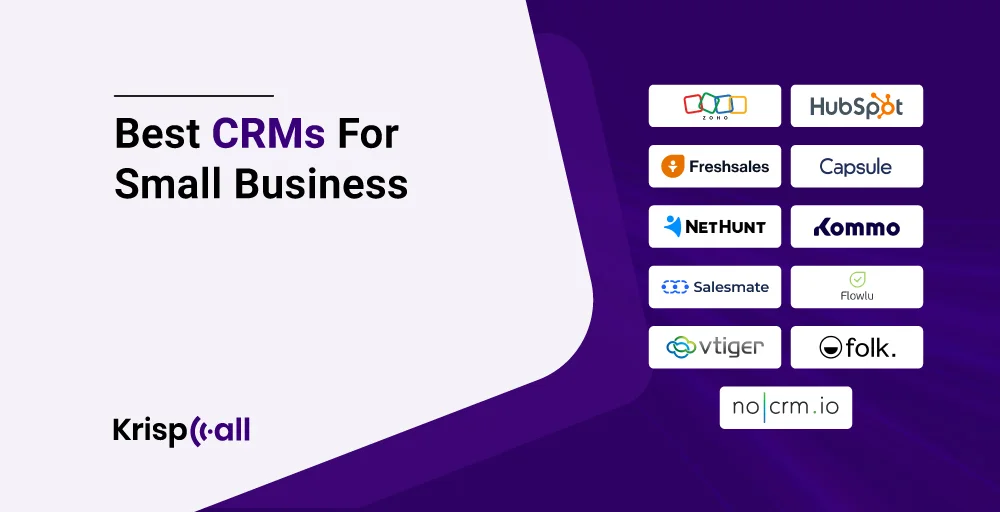Unlocking Growth: How CRM and Analytics Power Small Business Success

Unlocking Growth: How CRM and Analytics Power Small Business Success
In the dynamic world of small businesses, every decision counts. Resources are often tight, and the competition is fierce. To thrive, you need to not only attract customers but also understand them, nurture relationships, and make informed decisions. This is where the powerful combination of Customer Relationship Management (CRM) and analytics comes into play. This article delves into how CRM, when coupled with robust analytics, can revolutionize your small business, driving growth, improving customer satisfaction, and boosting your bottom line. We’ll explore the benefits, key features, implementation strategies, and real-world examples to guide you on your journey to success.
The Power of CRM for Small Businesses
At its core, CRM is more than just a software; it’s a philosophy centered around understanding and serving your customers better. For a small business, this can be the difference between surviving and thriving. CRM systems provide a centralized hub for all customer-related information, making it easier to manage interactions, track progress, and personalize experiences. But what exactly are the advantages of using a CRM?
Benefits of CRM for Small Businesses:
- Improved Customer Relationships: CRM allows you to store customer data, including contact information, purchase history, and communication logs. This enables you to personalize interactions, address customer needs effectively, and build stronger, more loyal relationships.
- Enhanced Sales Efficiency: CRM automates many sales processes, such as lead tracking, follow-up reminders, and task management. This frees up your sales team to focus on closing deals and building relationships, rather than administrative tasks.
- Increased Sales: By providing insights into customer behavior and preferences, CRM helps you identify cross-selling and upselling opportunities. You can tailor your marketing efforts and sales strategies to better meet customer needs, leading to higher conversion rates and increased revenue.
- Better Data Organization: Instead of scattered spreadsheets and email threads, CRM provides a centralized database for all customer information. This streamlines data management, reduces the risk of errors, and ensures that everyone on your team has access to the same information.
- Improved Customer Service: CRM allows you to track customer inquiries, complaints, and support requests. This helps you provide faster, more efficient customer service, leading to higher customer satisfaction and loyalty.
- Streamlined Communication: CRM allows you to automate and personalize communications, such as email marketing campaigns, newsletters, and follow-up emails. This ensures that your customers receive the right information at the right time.
- Cost Savings: By automating tasks, improving efficiency, and reducing errors, CRM can help you save time and money. This is particularly important for small businesses with limited resources.
- Data-Driven Decision Making: CRM systems often integrate with analytics tools, providing insights into key performance indicators (KPIs) such as sales trends, customer acquisition costs, and customer lifetime value. This data empowers you to make informed decisions and optimize your business strategies.
The Role of Analytics in CRM
While CRM provides the framework for managing customer interactions, analytics provides the insights to understand those interactions. CRM analytics transforms raw customer data into actionable intelligence, allowing you to make informed decisions and improve your business performance. It’s like having a crystal ball that reveals hidden patterns and trends within your customer data.
Key Analytical Features in CRM
- Customer Segmentation: Grouping customers based on shared characteristics (e.g., demographics, purchase history, behavior) to tailor marketing campaigns and sales efforts.
- Sales Forecasting: Predicting future sales based on historical data and trends, allowing for better resource allocation and planning.
- Lead Scoring: Ranking leads based on their likelihood to convert, enabling your sales team to prioritize the most promising prospects.
- Churn Analysis: Identifying customers who are at risk of leaving, allowing you to proactively address their concerns and retain their business.
- Customer Lifetime Value (CLTV) Analysis: Estimating the total revenue a customer is expected to generate over their relationship with your business, helping you prioritize customer acquisition and retention efforts.
- Performance Reporting: Tracking key performance indicators (KPIs) such as sales revenue, conversion rates, and customer satisfaction, providing insights into the effectiveness of your sales and marketing efforts.
Choosing the Right CRM for Your Small Business
The CRM market is vast, with a plethora of options available. Selecting the right CRM system for your small business is crucial for maximizing its benefits. Consider the following factors when making your choice:
Factors to Consider:
- Business Needs: Identify your specific needs and goals. What problems are you trying to solve? What features are essential for your business?
- Budget: CRM systems vary in price, from free or low-cost options to enterprise-level solutions. Determine your budget and choose a system that fits your financial constraints.
- Ease of Use: The CRM system should be user-friendly and easy to learn. Look for a system with an intuitive interface and ample training resources.
- Scalability: Choose a system that can grow with your business. As your business expands, you’ll want a CRM system that can accommodate your increasing needs.
- Integration: Ensure that the CRM system integrates with your existing tools, such as email marketing platforms, accounting software, and social media channels.
- Mobile Access: Consider a CRM system with mobile access, allowing your team to access customer data and manage interactions on the go.
- Reporting and Analytics Capabilities: Look for a CRM system with robust reporting and analytics features to gain valuable insights into your customer data.
- Customer Support: Choose a CRM provider that offers reliable customer support. This is essential for resolving any issues and getting the most out of your system.
Popular CRM Systems for Small Businesses:
- HubSpot CRM: Known for its user-friendly interface and free plan, HubSpot CRM is a popular choice for small businesses. It offers a range of features, including contact management, sales pipelines, and email tracking.
- Zoho CRM: Zoho CRM is a comprehensive CRM system with a wide range of features, including sales automation, marketing automation, and customer support. It offers a variety of pricing plans to suit different business needs.
- Salesforce Essentials: Salesforce Essentials is a scaled-down version of Salesforce, designed for small businesses. It offers a range of features, including contact management, sales pipelines, and reporting.
- Pipedrive: Pipedrive is a sales-focused CRM system that is known for its visual sales pipelines and ease of use. It’s a great option for businesses that want to streamline their sales process.
- Freshsales: Freshsales is a sales CRM that offers features like built-in phone and email, lead scoring, and sales automation. It’s a good choice for businesses that want a CRM system that is easy to set up and use.
Implementing CRM and Analytics: A Step-by-Step Guide
Implementing a CRM system and integrating analytics can seem daunting, but with a structured approach, you can ensure a smooth transition and maximize your chances of success. Here’s a step-by-step guide:
Implementation Steps:
- Define Your Goals: Before you start, clearly define your objectives. What do you want to achieve with CRM and analytics? (e.g., increase sales, improve customer satisfaction, reduce costs).
- Choose Your CRM System: Select the CRM system that best fits your business needs and budget, considering the factors discussed earlier.
- Plan Your Data Migration: Determine how you will migrate your existing customer data into the CRM system. This may involve importing data from spreadsheets, databases, or other sources.
- Customize Your CRM: Configure the CRM system to meet your specific needs. This may involve setting up sales pipelines, creating custom fields, and integrating with other tools.
- Train Your Team: Provide comprehensive training to your team on how to use the CRM system. This is essential for ensuring that everyone understands how to use the system effectively.
- Integrate Analytics: Connect your CRM system with analytics tools to gain valuable insights into your customer data. This may involve integrating with a built-in analytics module or a third-party analytics platform.
- Monitor and Analyze Data: Regularly monitor your CRM data and analyze your key performance indicators (KPIs). This will help you identify areas for improvement and track your progress.
- Iterate and Optimize: Continuously refine your CRM strategy and optimize your processes based on the insights you gain from your data analysis.
Real-World Examples: CRM and Analytics in Action
To illustrate the power of CRM and analytics, let’s look at some real-world examples of how small businesses have leveraged these tools to achieve remarkable results.
Example 1: Retail Business
A local clothing boutique implemented a CRM system to track customer purchases, preferences, and contact information. They integrated their CRM with analytics to analyze customer behavior. By analyzing the data, they discovered that customers who purchased specific items were more likely to buy related accessories. Using this insight, they created targeted email campaigns promoting those accessories to the relevant customer segments. The result? A 15% increase in accessory sales within the first quarter, demonstrating the effectiveness of personalized marketing driven by data.
Example 2: Service-Based Business
A small landscaping company used CRM to manage leads, track project progress, and communicate with clients. They also integrated their CRM with analytics to monitor customer satisfaction levels. By analyzing customer feedback, they identified areas where they could improve their service. One common complaint was related to communication delays. They implemented automated email and SMS updates to keep clients informed about project timelines and changes. This led to a significant improvement in customer satisfaction scores and a reduction in customer churn. The business was able to retain more clients and generate more repeat business.
Example 3: E-commerce Startup
An online store selling handcrafted goods used CRM to manage customer interactions and track sales data. They integrated with analytics to analyze website traffic, purchase patterns, and customer demographics. This allowed them to identify their most profitable product categories and customer segments. They then focused their marketing efforts on these segments, leading to a 20% increase in website conversion rates. They also used the data to personalize product recommendations, resulting in higher average order values. The startup was able to scale its operations more efficiently and effectively.
Common Challenges and Solutions
While CRM and analytics offer significant benefits, small businesses may encounter certain challenges during implementation and usage. Being aware of these challenges and having strategies to overcome them is crucial for success.
Challenges and Solutions:
- Data Migration Complexity: Migrating data from existing systems can be time-consuming and complex. Solution: Plan your data migration carefully, clean your data before importing it, and consider using a data migration service.
- Lack of Training: Inadequate training can hinder user adoption and prevent your team from using the CRM system effectively. Solution: Invest in comprehensive training for all users, provide ongoing support, and create user guides and tutorials.
- Resistance to Change: Some team members may be resistant to adopting a new system. Solution: Communicate the benefits of the CRM system clearly, involve your team in the implementation process, and provide ongoing support and encouragement.
- Integration Issues: Integrating the CRM system with other tools can sometimes be challenging. Solution: Choose a CRM system that integrates well with your existing tools, and seek assistance from the CRM provider or a third-party integration specialist.
- Data Quality Issues: Poor data quality can lead to inaccurate insights and ineffective decision-making. Solution: Implement data validation rules, regularly clean your data, and train your team on data entry best practices.
- Lack of Analytical Skills: Analyzing data and extracting meaningful insights may require specialized skills. Solution: Consider hiring a data analyst, providing training to your team, or using a CRM system with built-in analytics features.
The Future of CRM and Analytics for Small Businesses
The landscape of CRM and analytics is constantly evolving. As technology advances, we can expect to see even more sophisticated and powerful tools emerge. Here are some trends to watch:
Future Trends:
- Artificial Intelligence (AI) and Machine Learning (ML): AI and ML are being integrated into CRM systems to automate tasks, personalize customer experiences, and provide more accurate predictions.
- Enhanced Automation: CRM systems will continue to become more automated, streamlining sales, marketing, and customer service processes.
- Mobile-First Approach: CRM systems will increasingly prioritize mobile access, allowing users to manage customer interactions on the go.
- Greater Integration: CRM systems will integrate more seamlessly with other business tools, such as social media platforms, e-commerce platforms, and communication tools.
- Focus on Customer Experience: CRM systems will increasingly focus on providing a seamless and personalized customer experience across all touchpoints.
- Predictive Analytics: CRM systems will leverage predictive analytics to anticipate customer needs, predict future trends, and optimize business strategies.
By staying informed about these trends, small businesses can prepare for the future and leverage the latest technologies to gain a competitive advantage.
Conclusion
In conclusion, CRM and analytics are indispensable tools for small businesses seeking to thrive in today’s competitive market. By implementing a well-chosen CRM system and leveraging the power of analytics, you can build stronger customer relationships, improve sales efficiency, make data-driven decisions, and ultimately achieve sustainable growth. Remember to choose the right CRM system for your specific needs, plan your implementation carefully, train your team, and continuously monitor and optimize your efforts. Embrace the power of data, and watch your small business flourish!





